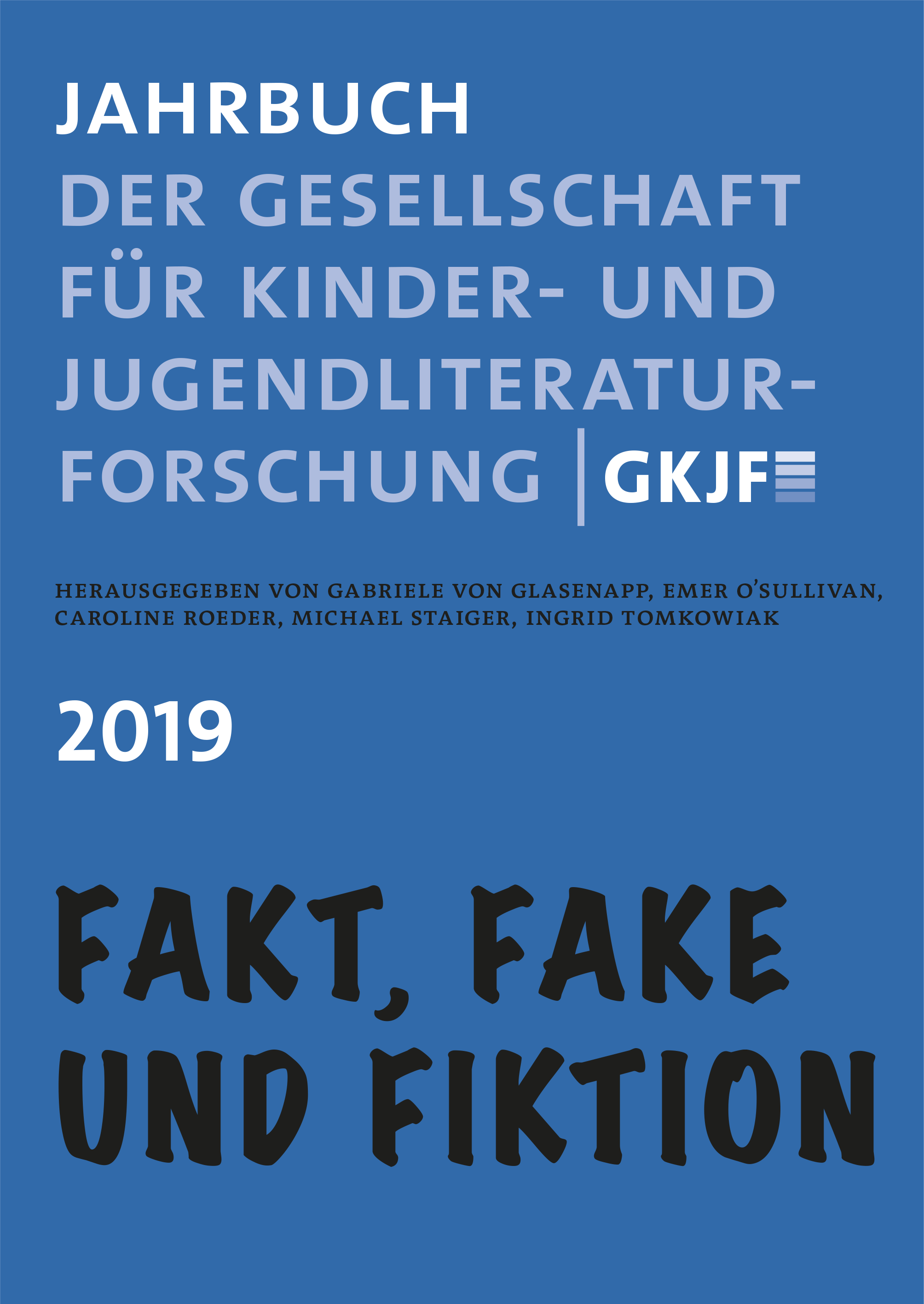Figures of Memory
»Das Tagebuch der Anne Frank« zwischen Text und Bild, Wort und Symbol
DOI:
https://doi.org/10.21248/gkjf-jb.37Abstract
Artikelbeginn:
[English title and abstract below]
Als global bekanntes Erinnerungsnarrativ nimmt Das Tagebuch der Anne Frank (erste deutsche Fassung 1950) einen bedeutenden Part in der Holocaust Education ein. Dabei beteiligt sich die grafische Adaption von Ari Folmans und David Polonskys Das Tagebuch der Anne Frank. Graphic Diary (2017) auf zweierlei Art am Fortschreiben des kulturellen Gedächtnisses; einerseits in seiner Geformtheit durch die Publikation selbst und darüber hinaus in seiner Organisiertheit aufgrund der institutionalisierten Kommunikation (vgl. Assmann 1988, S. 12).
Figures of Memory
Anne Frank’s Diary between Text and Image, Word and Symbol
Anne Frank’s Diary: The Graphic Interpretation by Ari Folman and David Polonsky (2017) is a recent addition to a sequence of editions that have shaped the perception of Anne Frank’s story. At the same time, the ethics and aesthetics of remembrance have been consistently discussed. These discussions have been fueled by discourses on memory as well as by the reimagination of the past by new generations. As Marianne Hirsch states »Postmemory’s connection to the past is [...] actually mediated not by recall but by imaginative investment, projection, and creation« (Hirsch 2012). Ari Folman and David Polonsky work with those imaginative approaches and reshape historical events on the visual and the verbal narrative levels. As with Waltz with Bashir (2009), on which Folman and Polonsky collaborated successfully as author and illustrator, Anne Frank’s Diary is also an extraordinary testimony of war based on extensive research. Intermedial references, such as historical photographs, documentaries and journal entries add authenticity to Anne Frank’s Diary: The Graphic Interpretation and lead the reader on a journey back in time. This article discusses the relationship between the visual representation of memory in the Diary and how it goes about narrating the story, and it examines this graphic novel’s potential for shaping and reshaping the reader’s perception of history.
Downloads
Veröffentlicht
Ausgabe
Rubrik
Lizenz
Copyright (c) 2021 Jahrbuch der Gesellschaft für Kinder- und Jugendliteraturforschung

Dieses Werk steht unter der Lizenz Creative Commons Namensnennung - Nicht-kommerziell 4.0 International.





